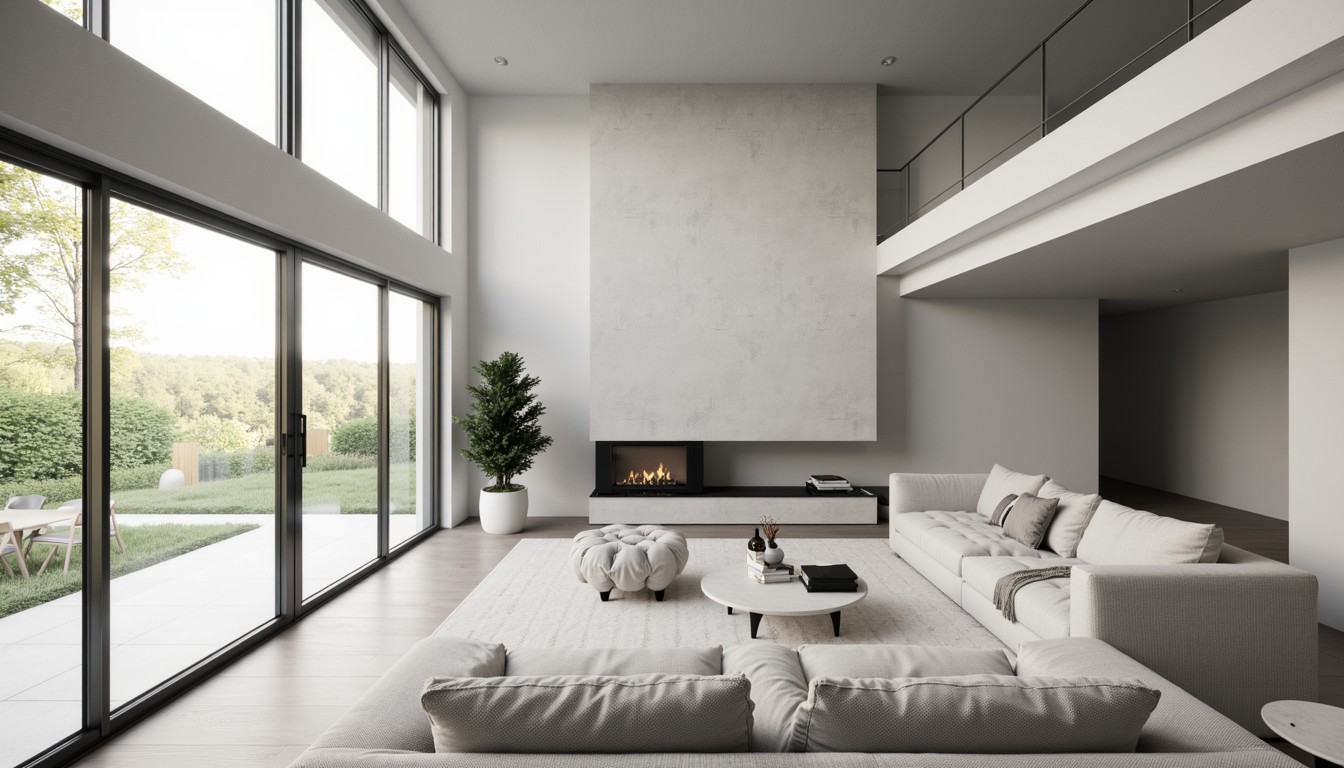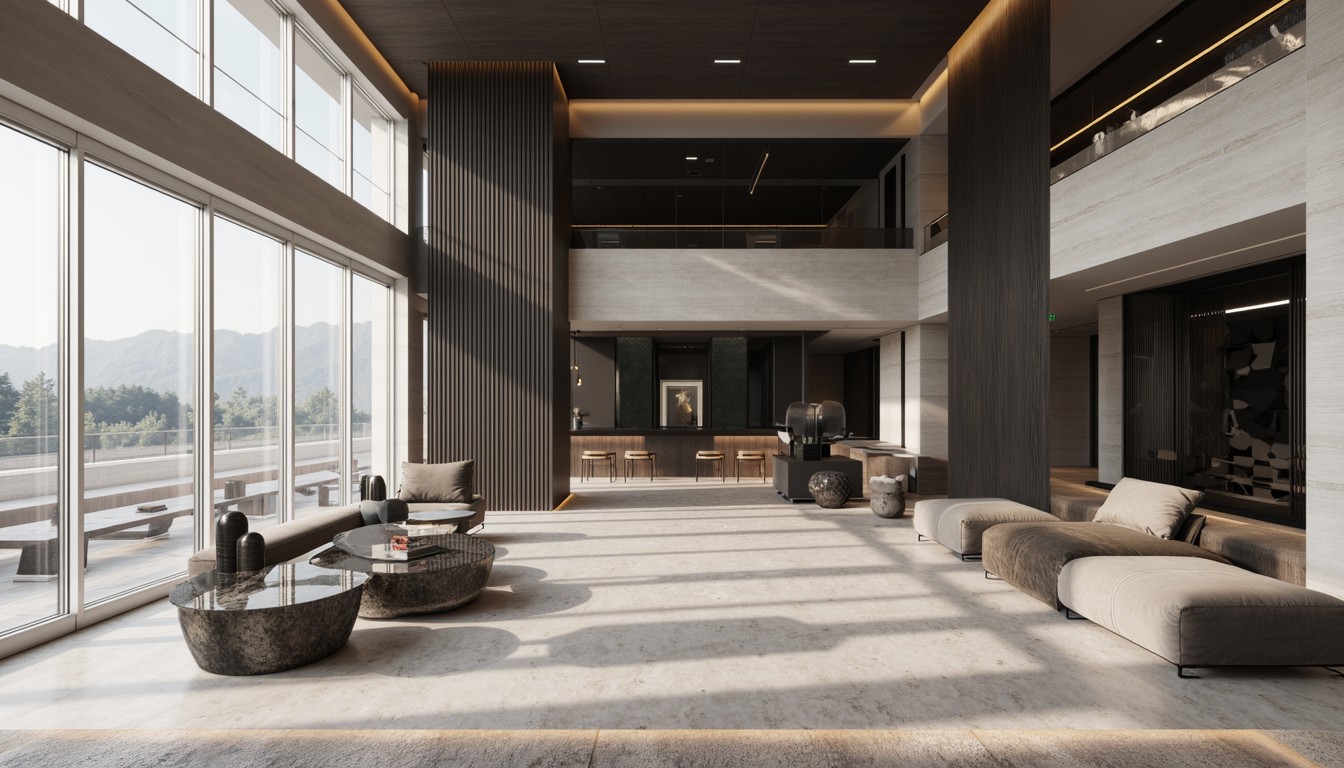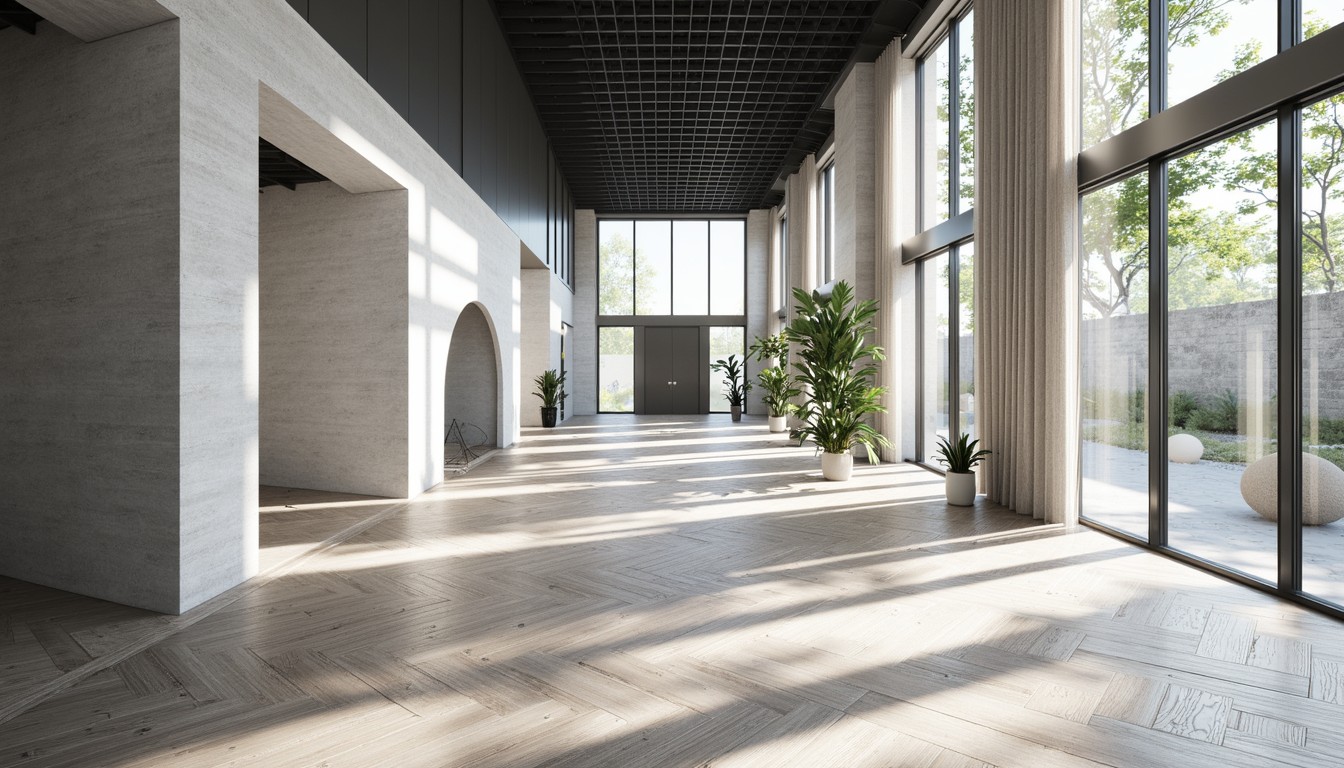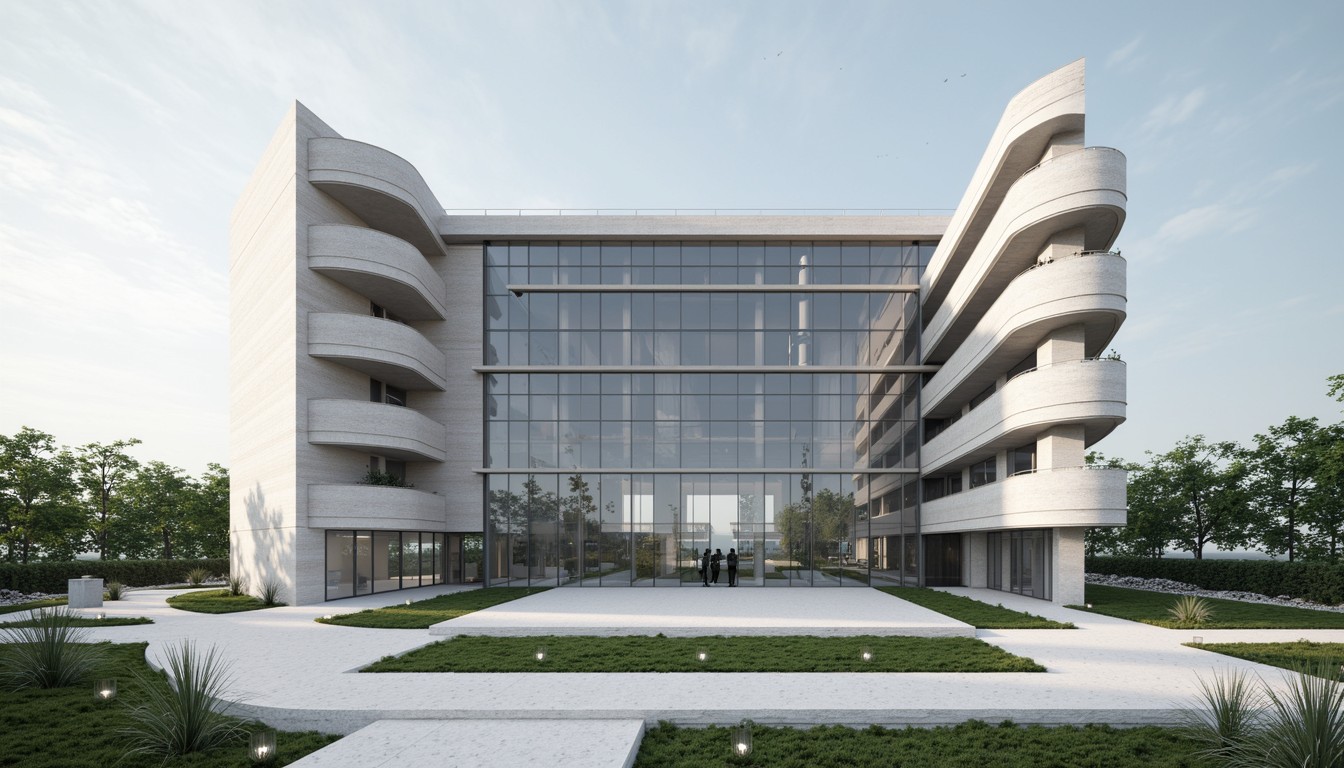Immersive Design: Revolutionizing Architecture with VR & AR
The architectural landscape is undergoing a dramatic transformation, driven by the integration of cutting-edge technologies. Among the most impactful are Virtual Reality (VR) and Augmented Reality (AR), which are rapidly changing how architects design, present, and collaborate on projects. ArchNav is at the forefront of this revolution, leveraging the power of immersive design to deliver unparalleled visualization experiences.
Understanding the Power of Immersive Technologies

For years, architects relied on static 2D drawings and rudimentary 3D models to communicate their vision. While effective to a degree, these methods often failed to convey the true scale, spatial relationships, and overall atmosphere of a design. VR and AR bridge this gap, offering truly immersive experiences that allow stakeholders to step inside a building before it's even built.
Virtual Reality (VR) in Architectural Visualization
VR utilizes head-mounted displays (HMDs) to create fully simulated environments. Architects can create photorealistic virtual walkthroughs, allowing clients to explore the design from any angle, experience the flow of spaces, and visualize the impact of natural light and materials. This immersive experience fosters a deeper understanding and allows for more informed decision-making.
Real-world applications of VR in architecture include:
- Client presentations: Impress clients with a captivating and unforgettable presentation that goes beyond static images.
- Design review and collaboration: Identify potential design flaws early in the process through immersive walkthroughs and collaborative sessions.
- Space planning and optimization: Experiment with different layouts and furniture arrangements in a virtual environment to optimize functionality and flow.
- Construction visualization: Allow contractors to virtually walk through the construction process, identifying potential challenges and streamlining the building process.
Augmented Reality (AR) in Architectural Design
AR overlays digital information onto the real world, typically through a smartphone or tablet. This technology offers unique advantages for architecture, particularly in the context of site analysis, design review, and client engagement.
Real-world applications of AR in architecture include:
- Site analysis and visualization: Overlay proposed designs onto the existing site to assess contextual integration and potential challenges.
- Interactive design presentations: Use AR apps to showcase design features and details in real-time, allowing for interactive exploration by clients.
- Construction planning and management: Overlay digital models onto the physical construction site to track progress, manage resources, and identify potential problems.
- Marketing and sales: Create engaging AR experiences that allow potential buyers to virtually furnish and experience their future homes.
Benefits of VR and AR in Architectural Design

The integration of VR and AR offers numerous benefits across the entire architectural design process:
- Enhanced client communication and engagement: VR and AR experiences create a shared understanding and foster stronger client relationships.
- Improved design quality: Early identification of design flaws and opportunities for optimization leads to improved design quality.
- Reduced errors and rework: Virtual walkthroughs and simulations can help prevent costly errors during construction.
- Increased efficiency and productivity: Streamlined design review and collaboration processes save time and resources.
- Enhanced marketing and sales: Immersive experiences captivate potential buyers and increase sales conversion rates.
Choosing the Right Technology for Your Project
The choice between VR and AR depends on the specific project needs and goals. VR is ideal for immersive walkthroughs and detailed design exploration, while AR is better suited for site analysis, interactive presentations, and on-site visualizations.
Many projects benefit from a combined approach, leveraging the strengths of both technologies to create a comprehensive and impactful experience.
ArchNav: Your Partner in Immersive Architectural Visualization

ArchNav is a leading architectural visualization company specializing in the creation of high-quality VR and AR experiences. Our team of expert designers and developers utilizes the latest technology and innovative techniques to deliver stunning and effective visualizations that transform the way architects communicate their designs.
We understand the unique challenges and opportunities presented by VR and AR, and we work closely with our clients to create customized solutions that meet their specific needs and exceed their expectations. From initial concept development to final rendering, ArchNav provides comprehensive support, ensuring a seamless and successful project delivery.
Conclusion
VR and AR are no longer futuristic concepts; they are powerful tools transforming the architectural design process. By embracing these technologies, architects can enhance client communication, improve design quality, and streamline workflows. ArchNav is committed to helping architects harness the full potential of immersive design, leading to innovative and engaging architectural experiences. Contact us today to learn how we can help you bring your vision to life.
